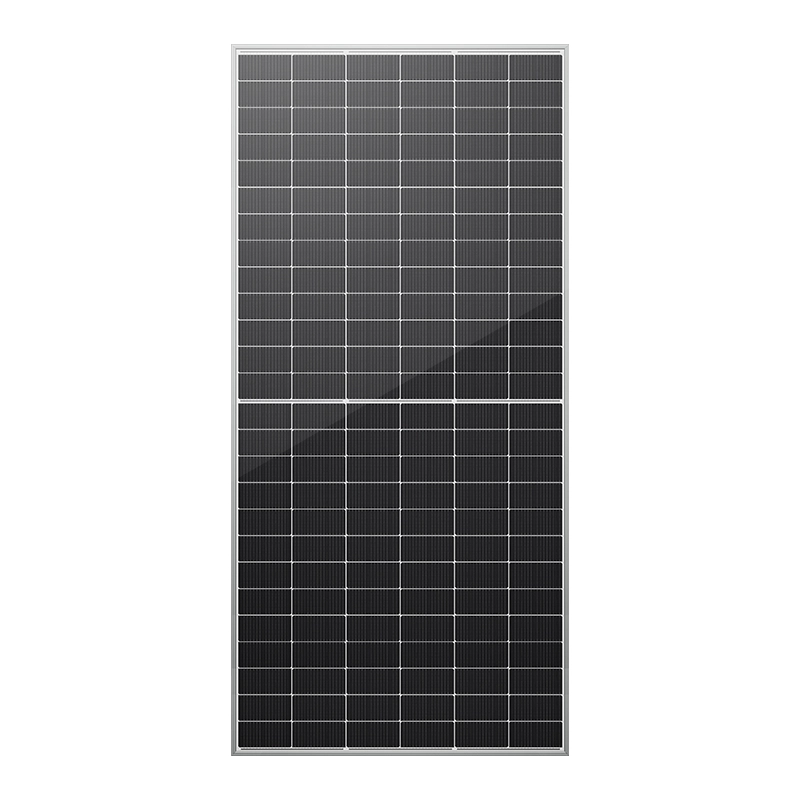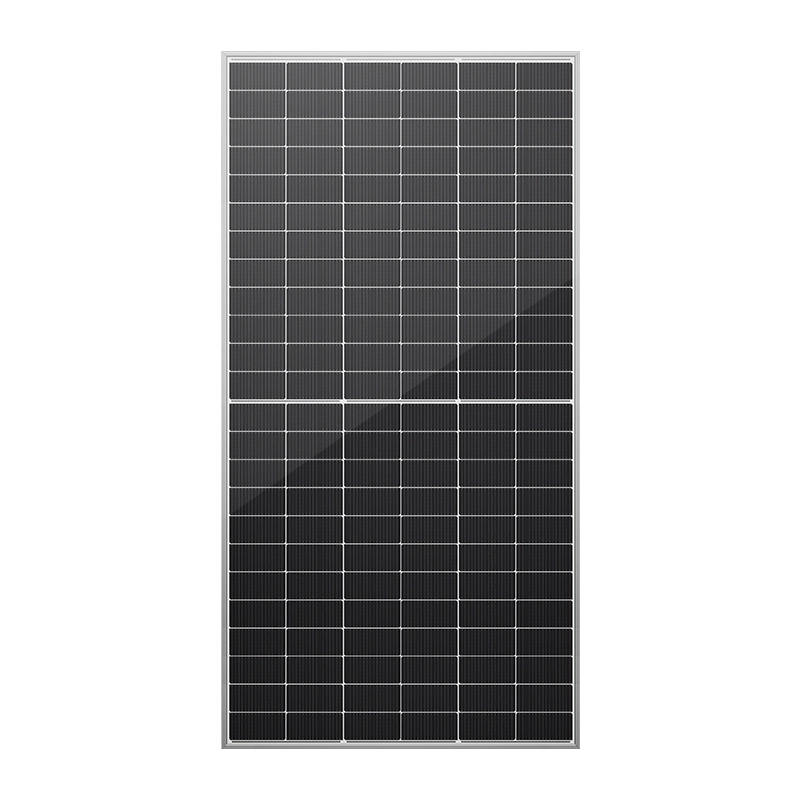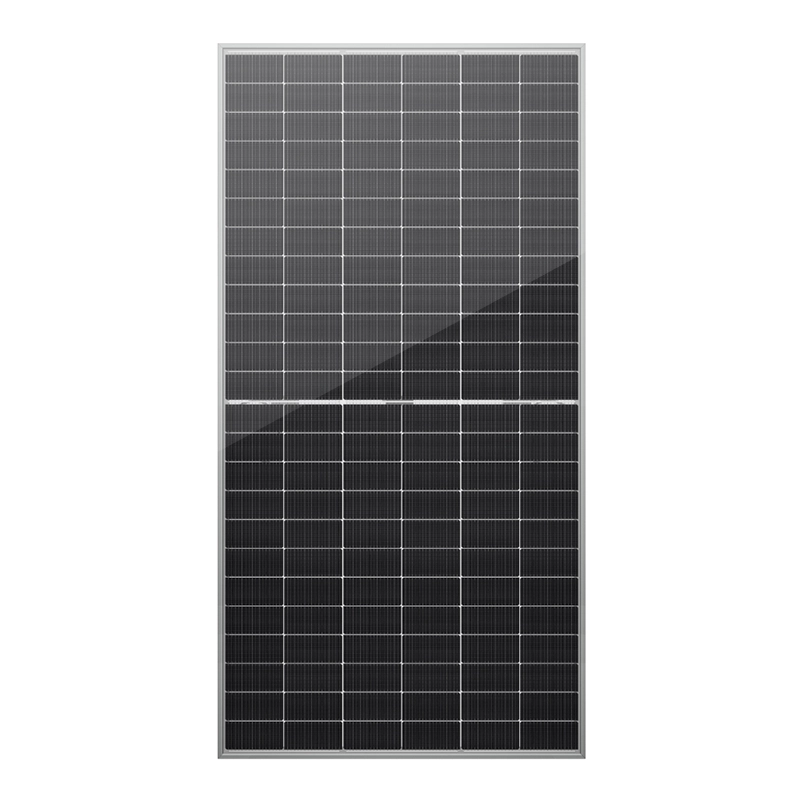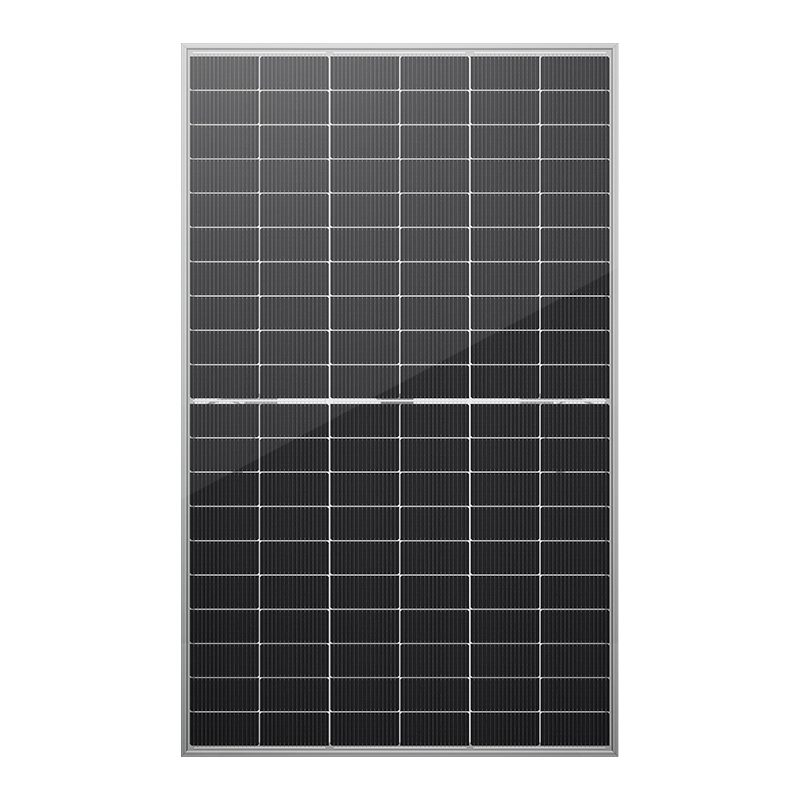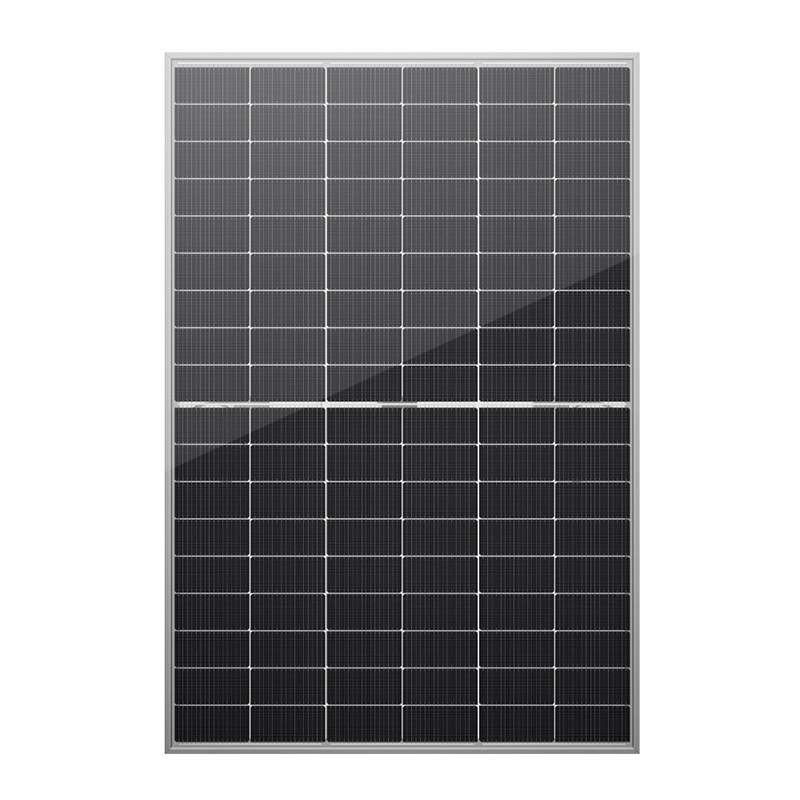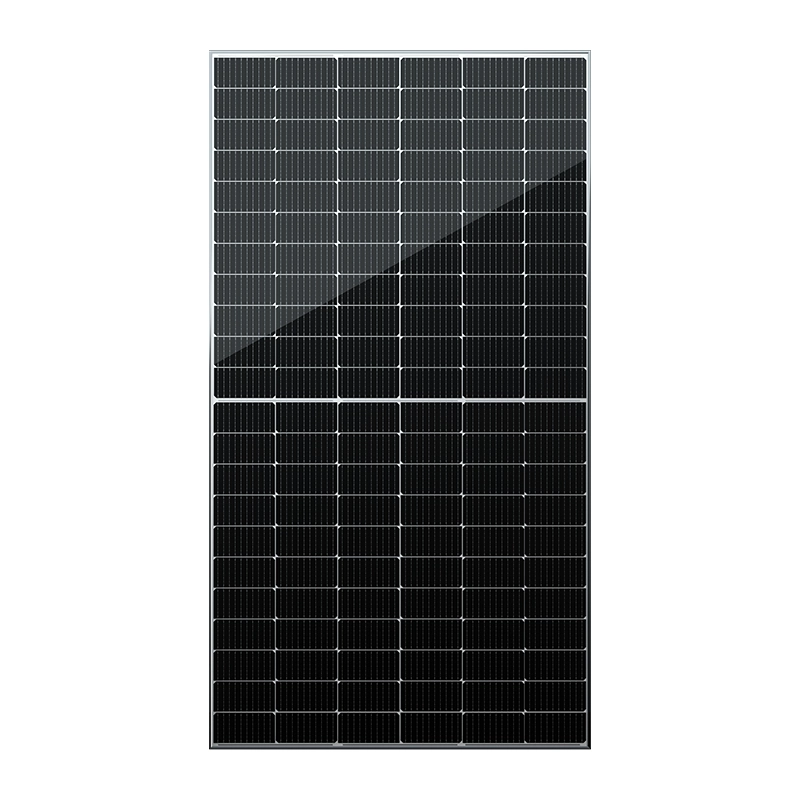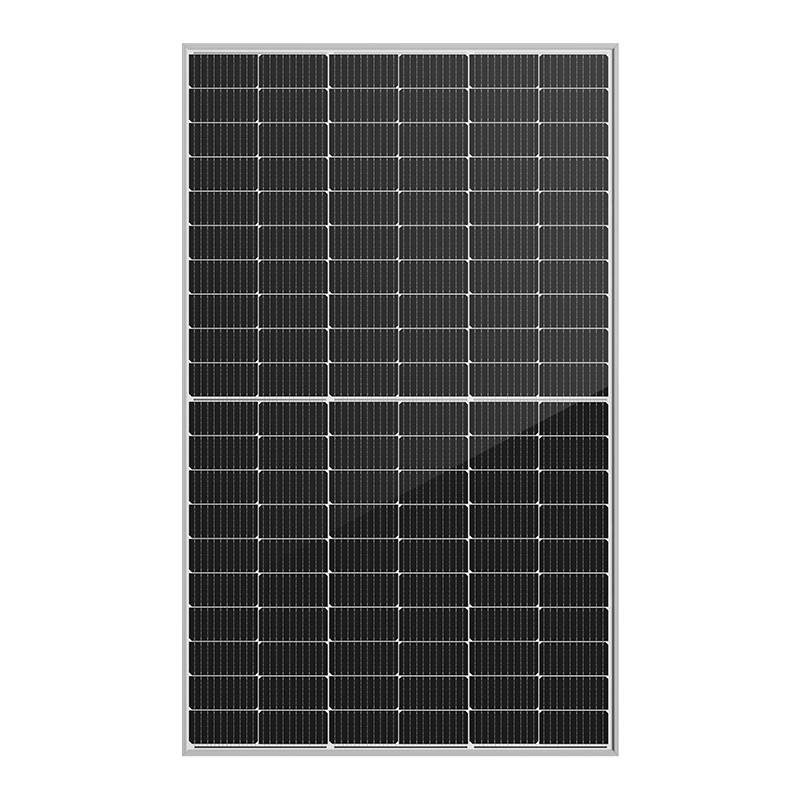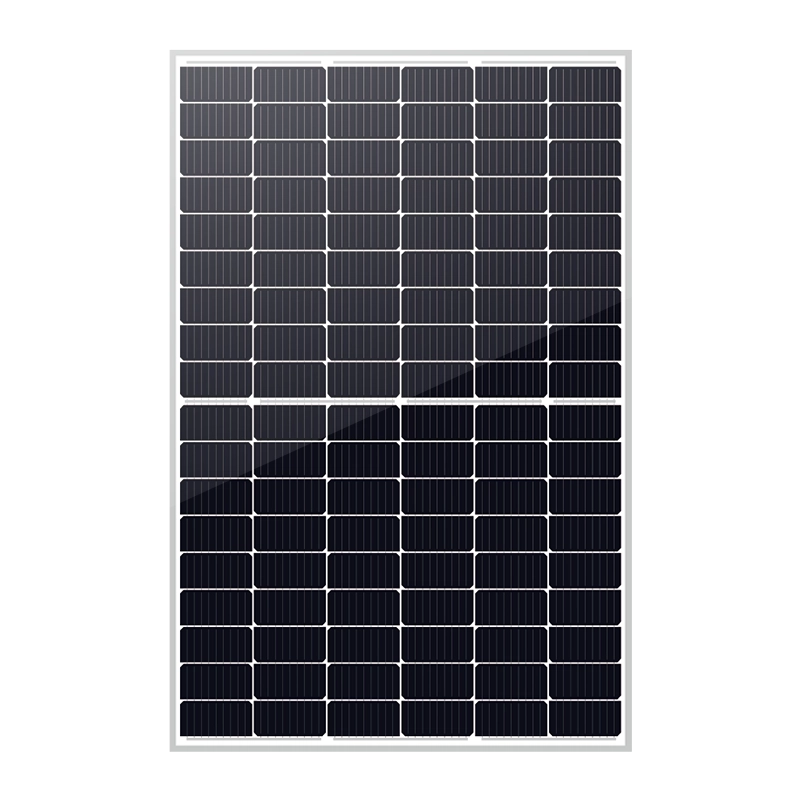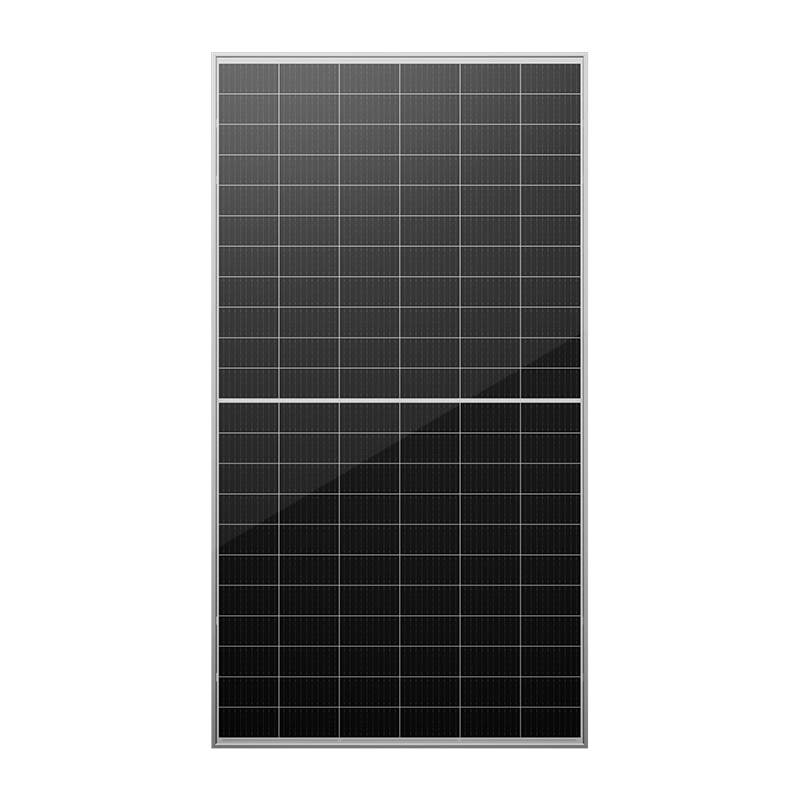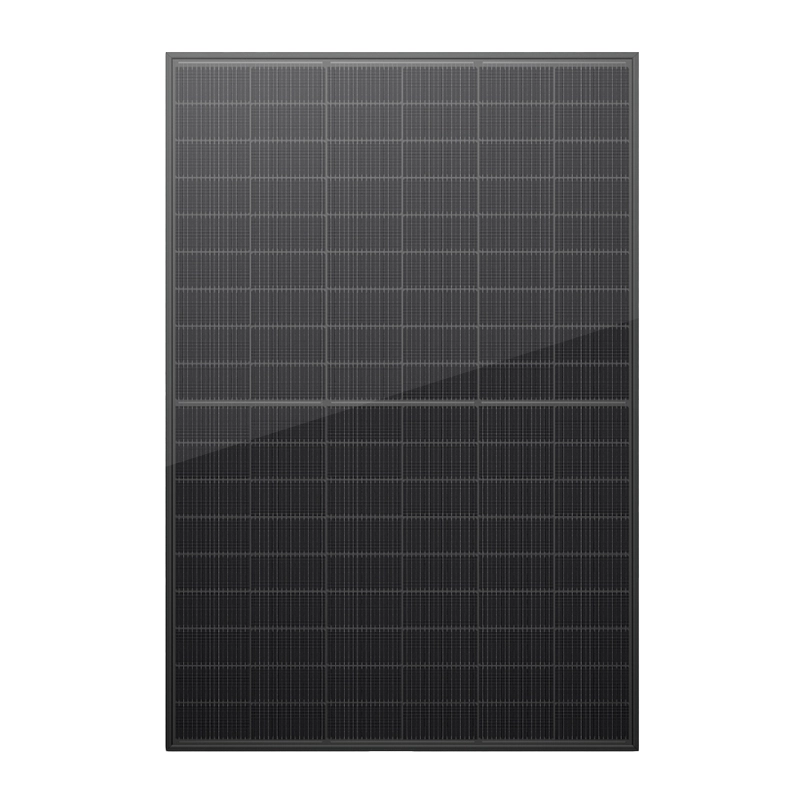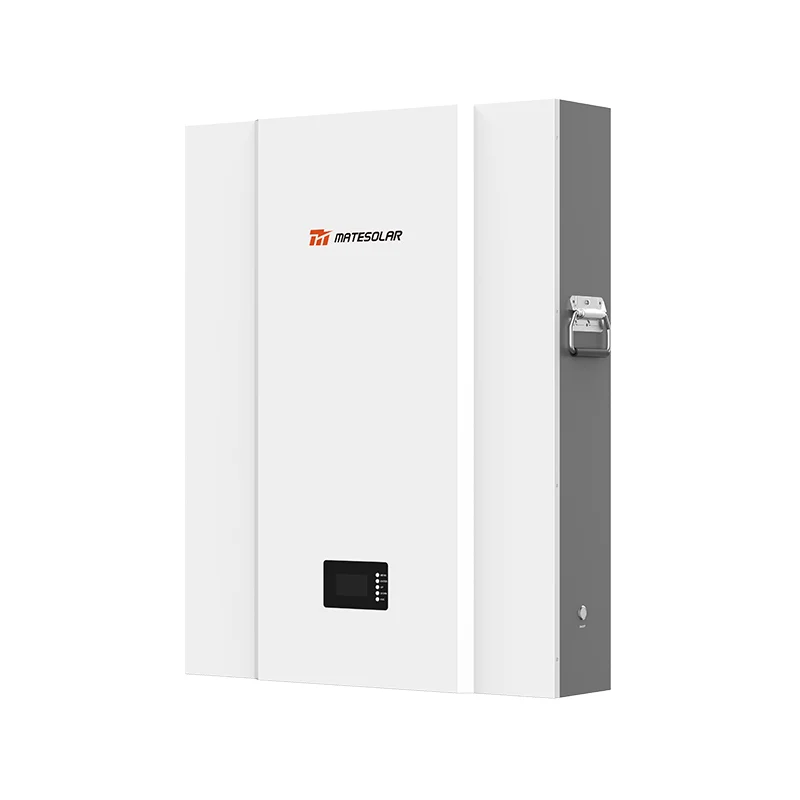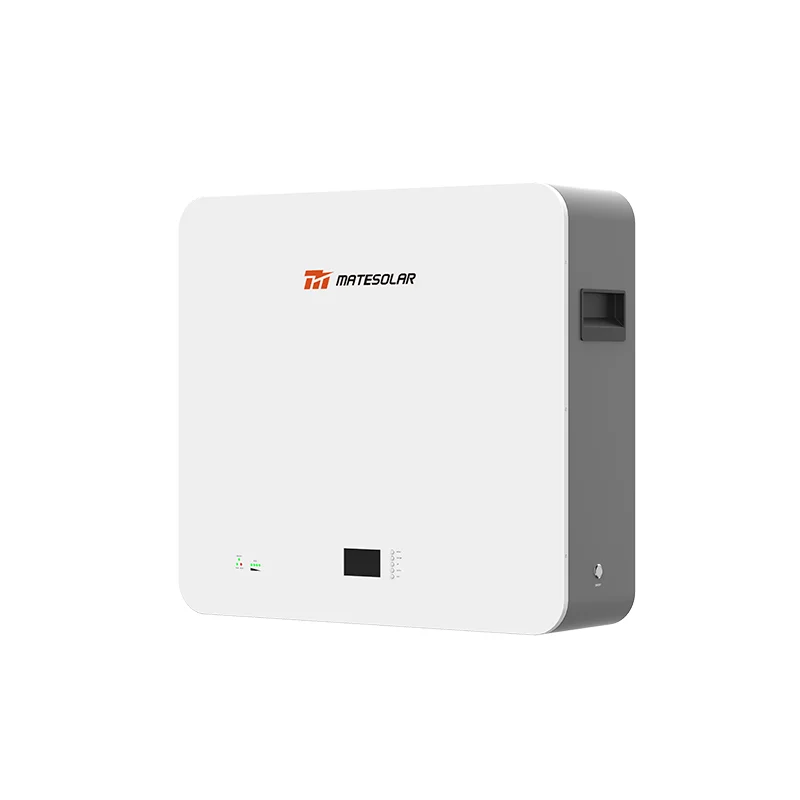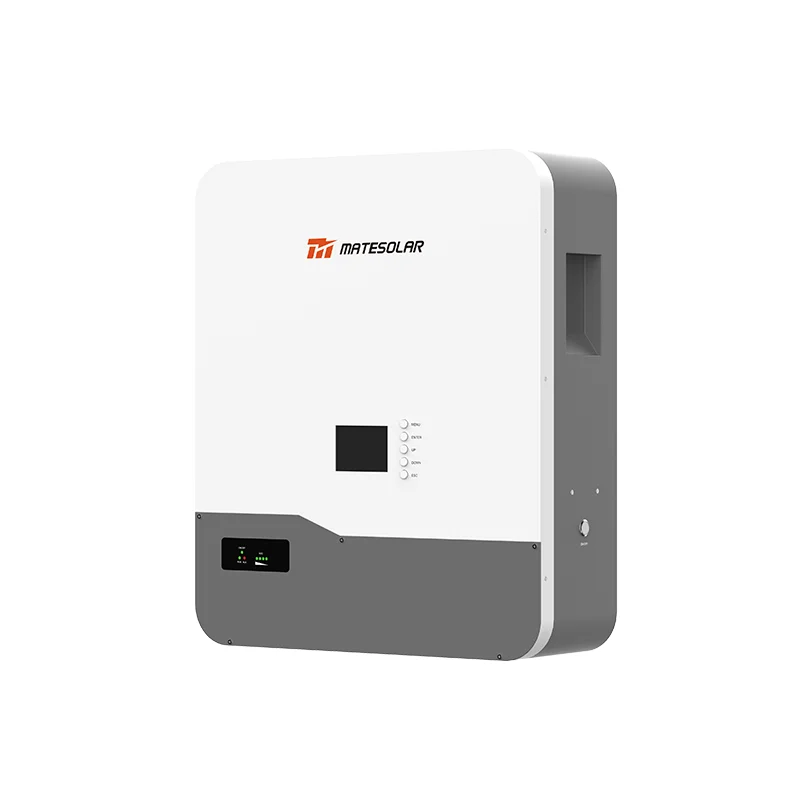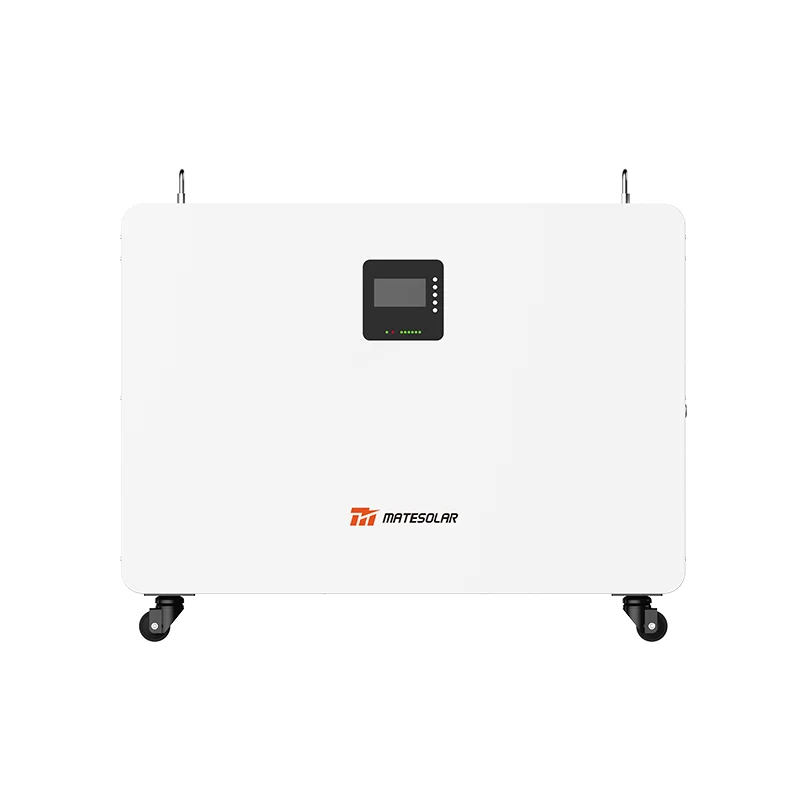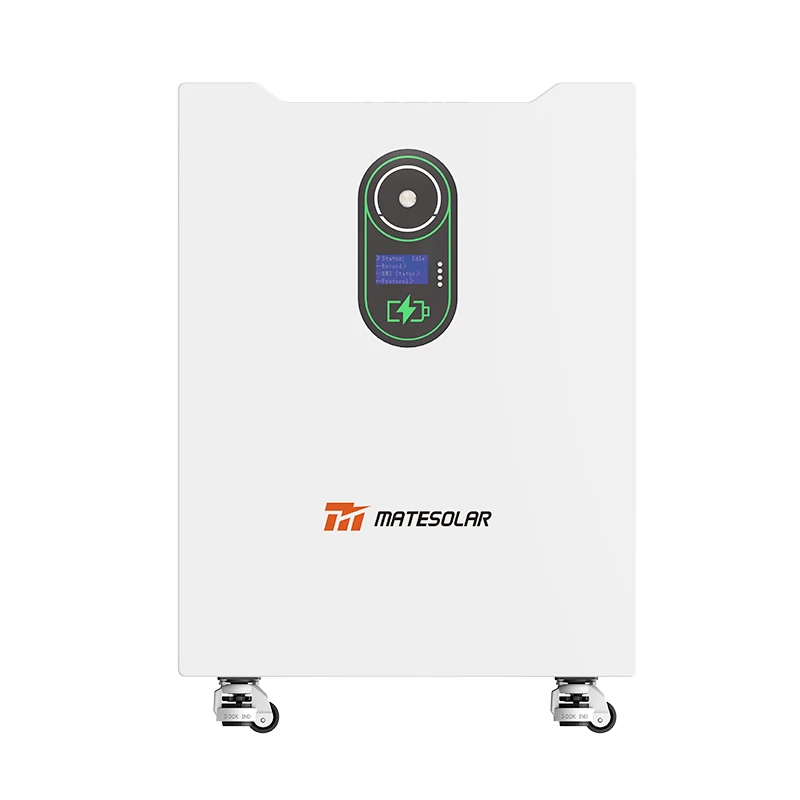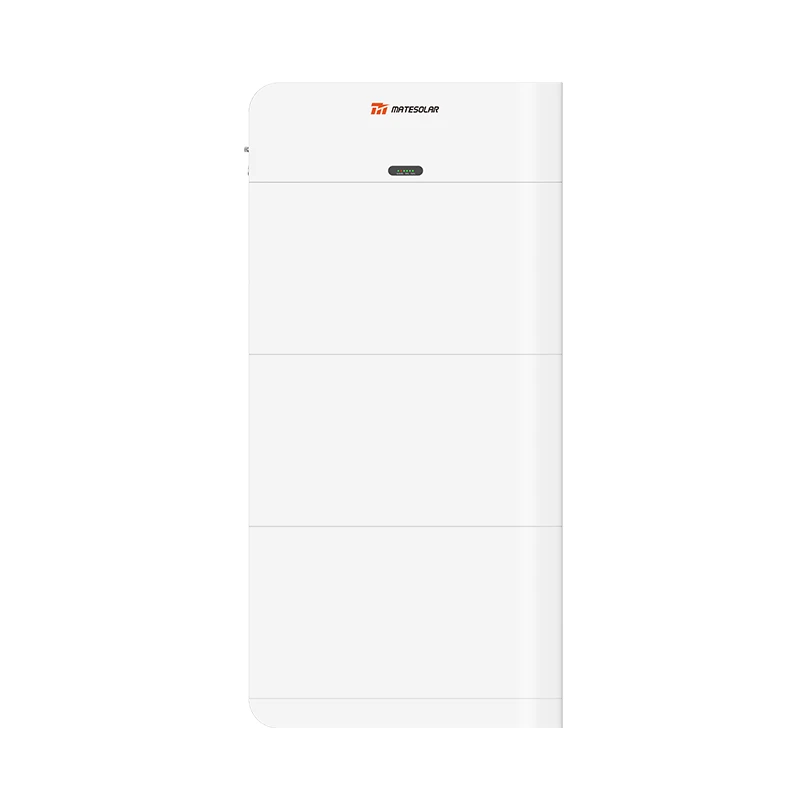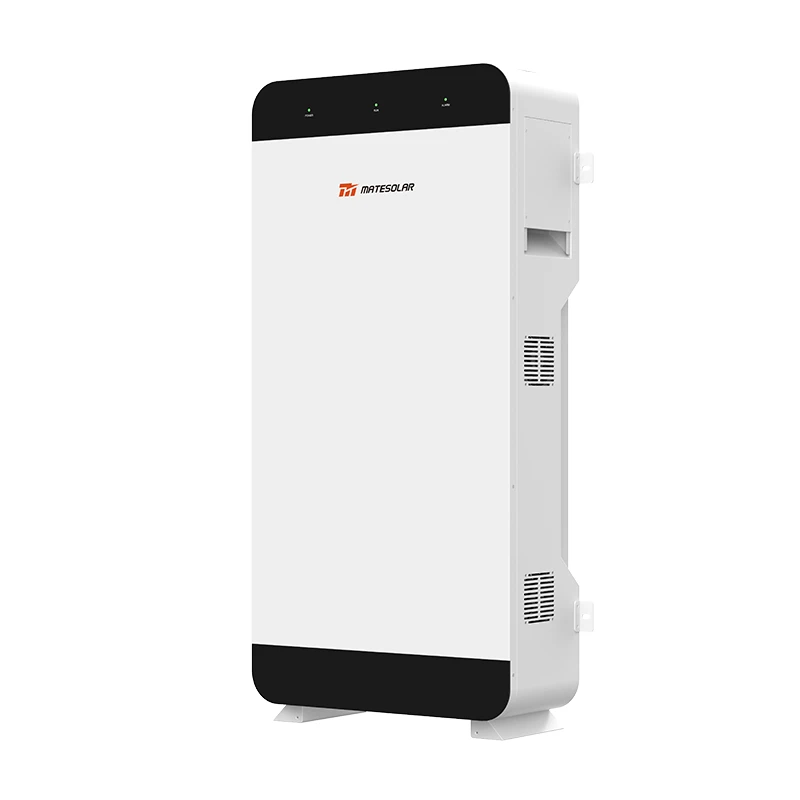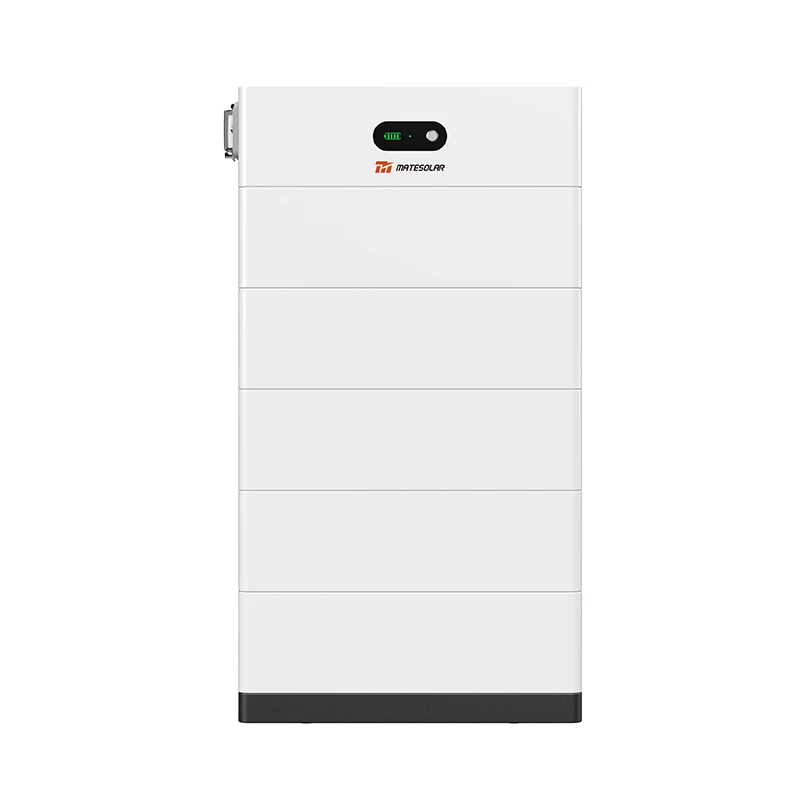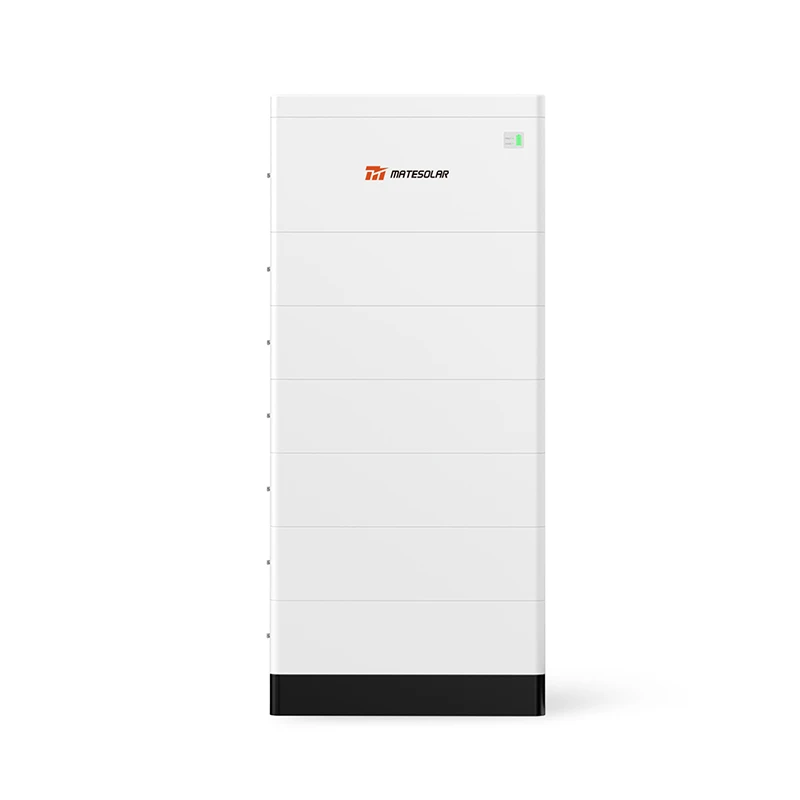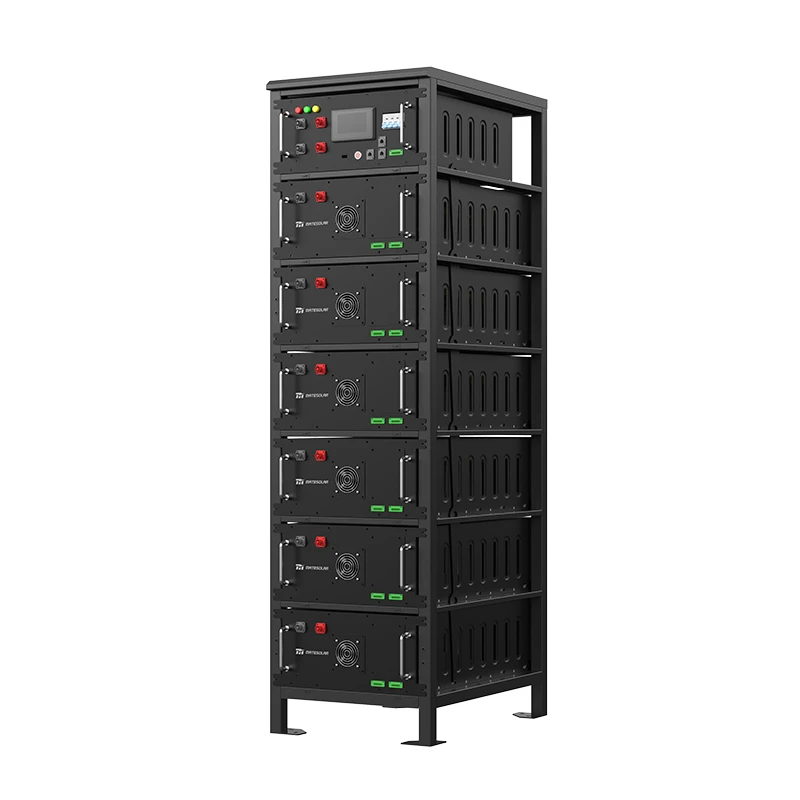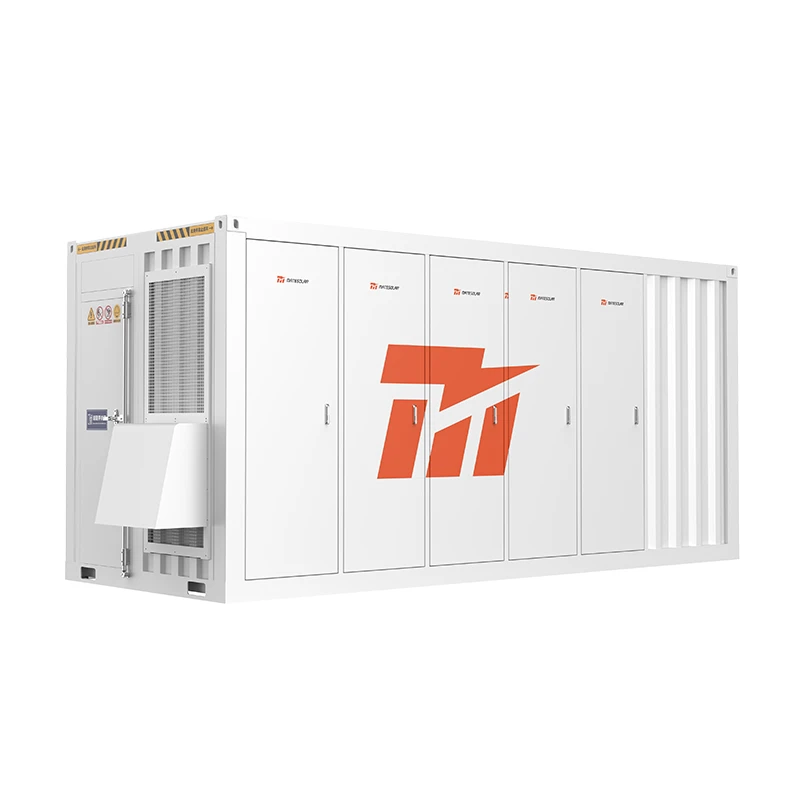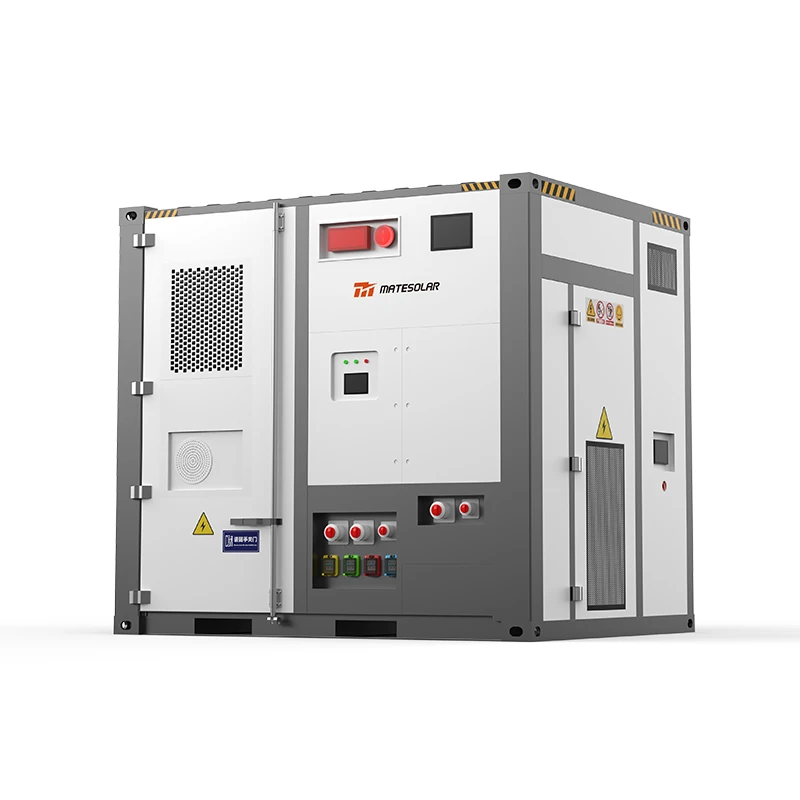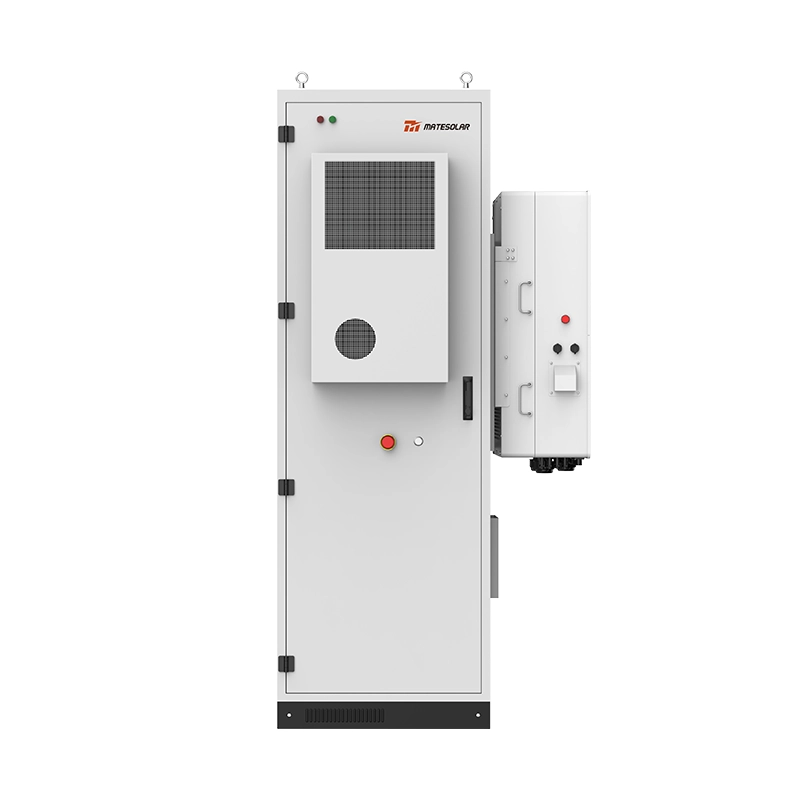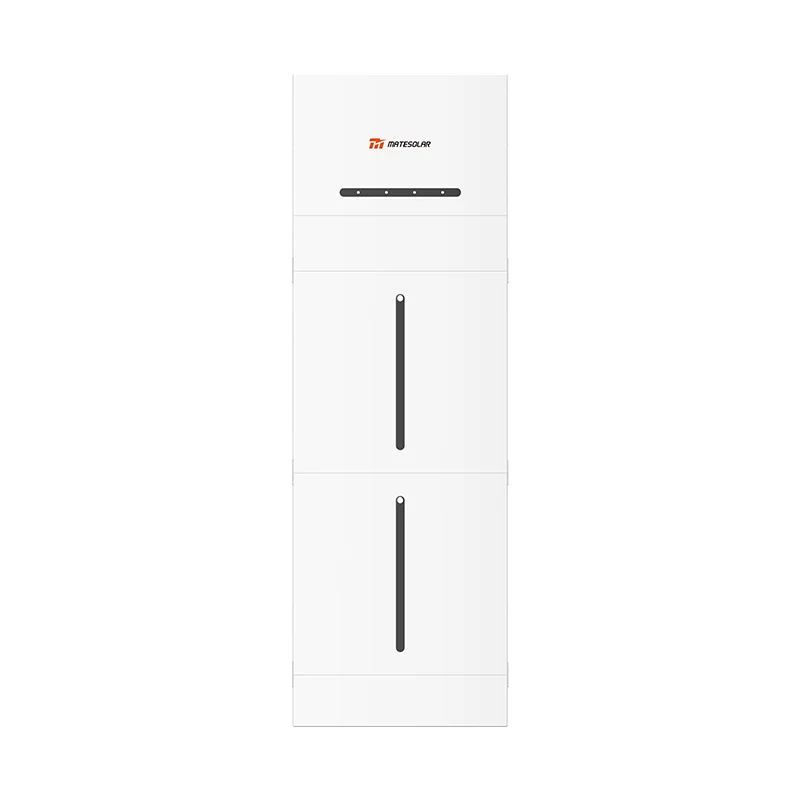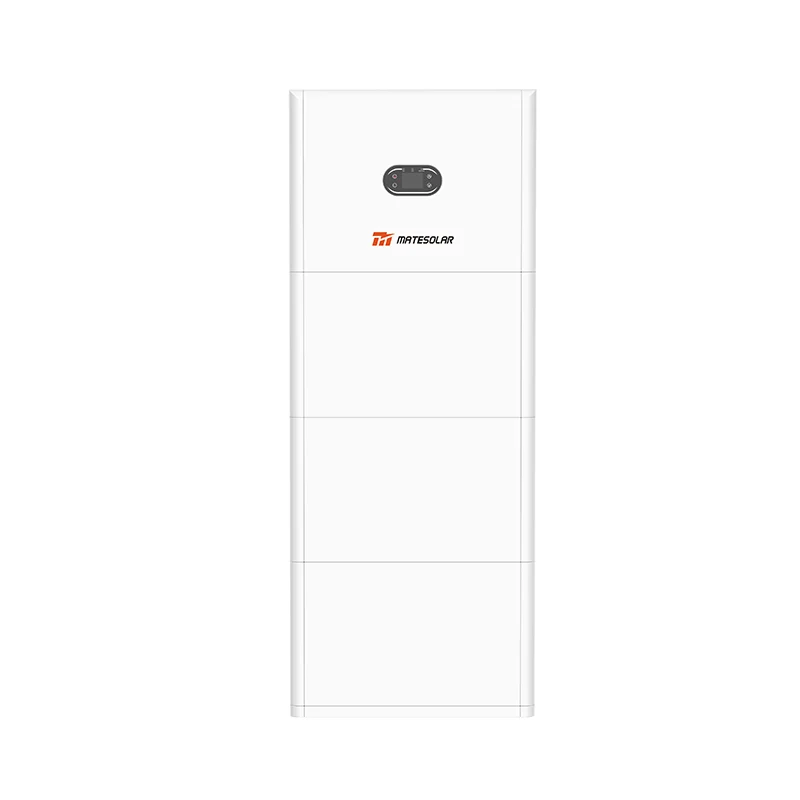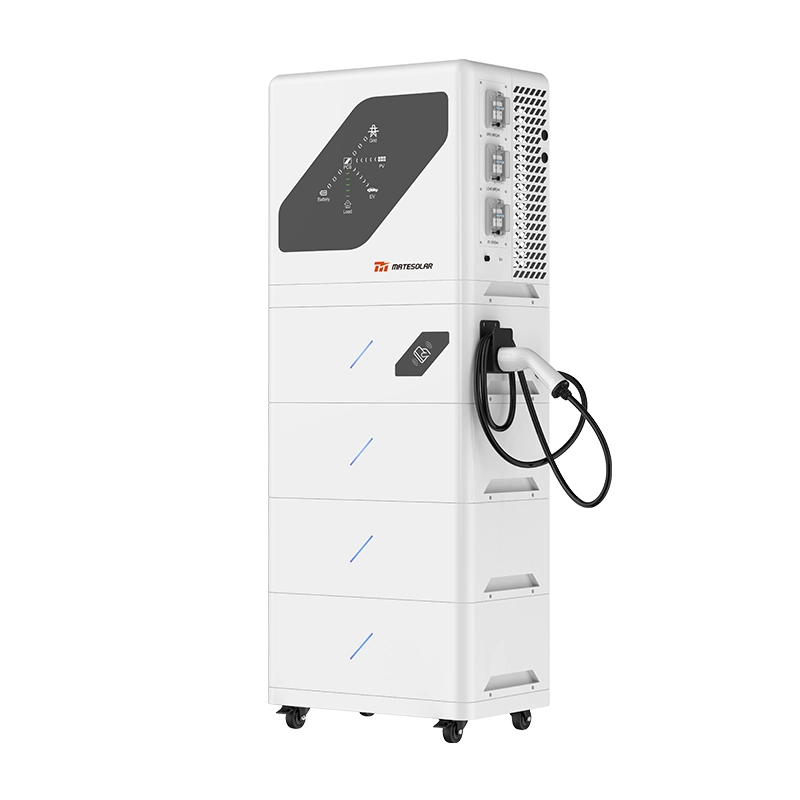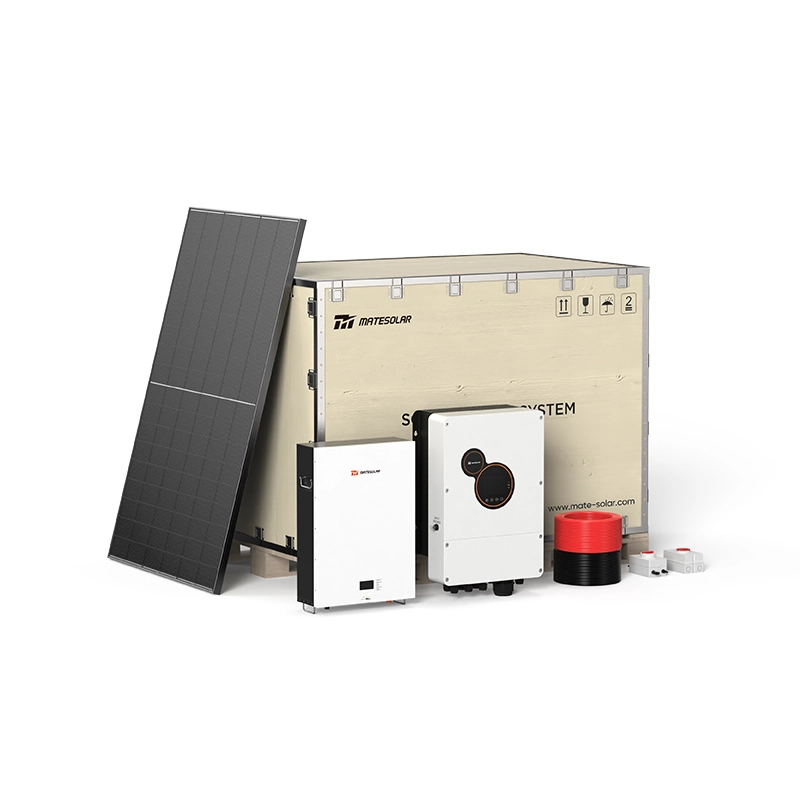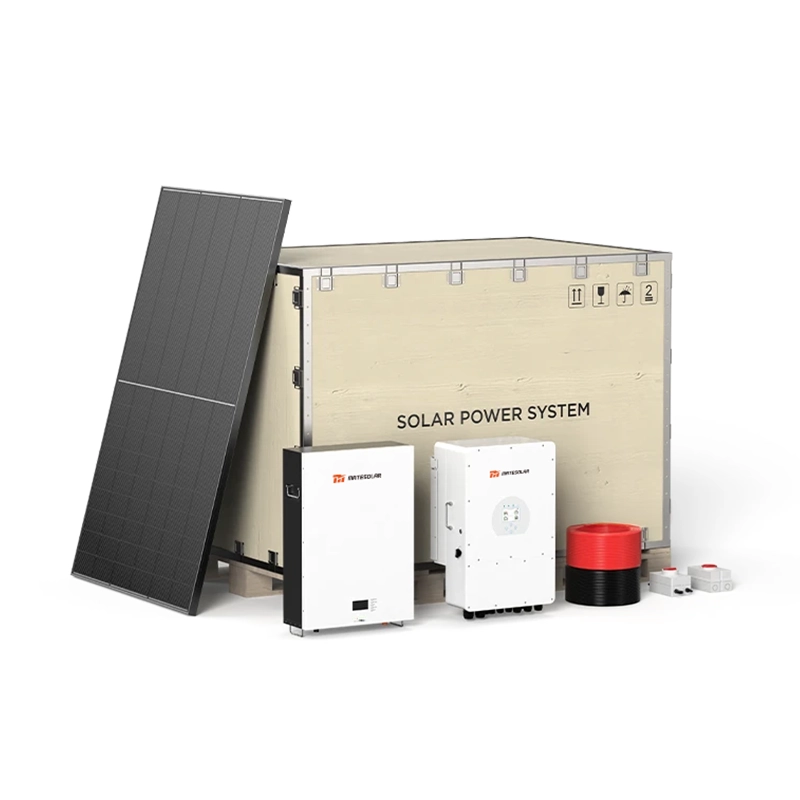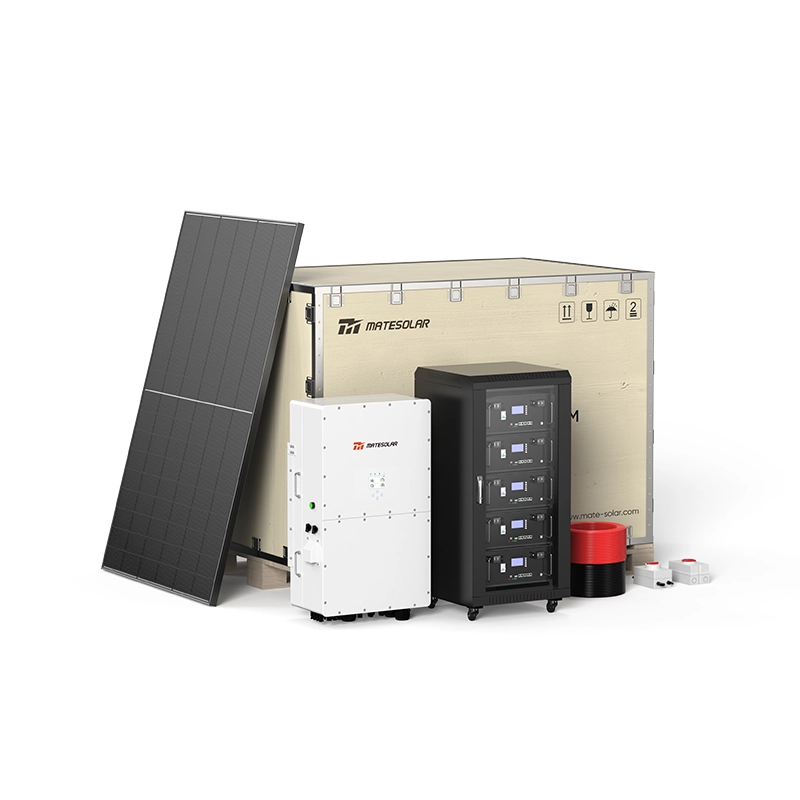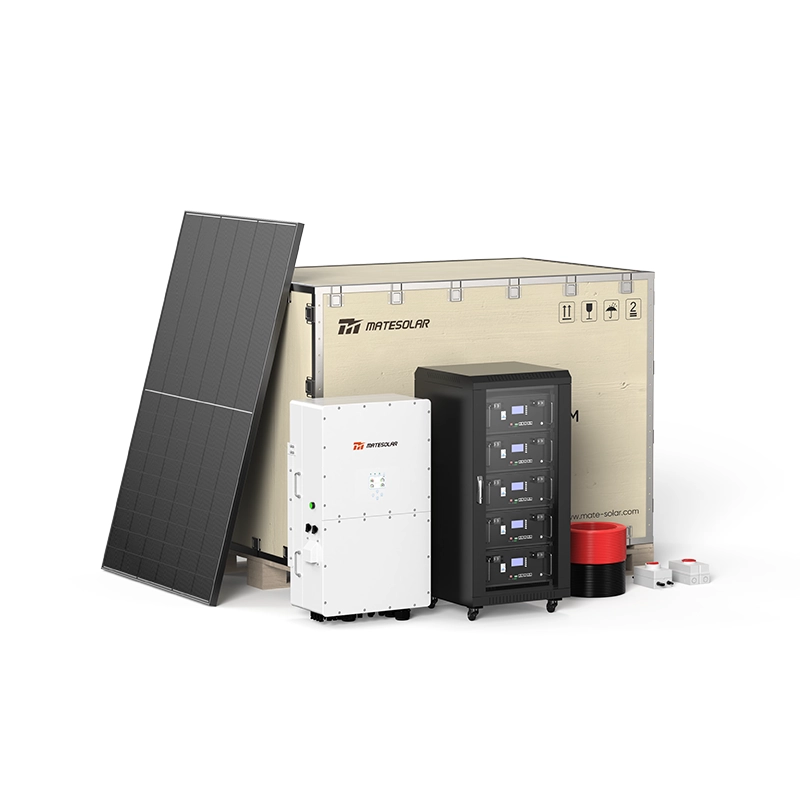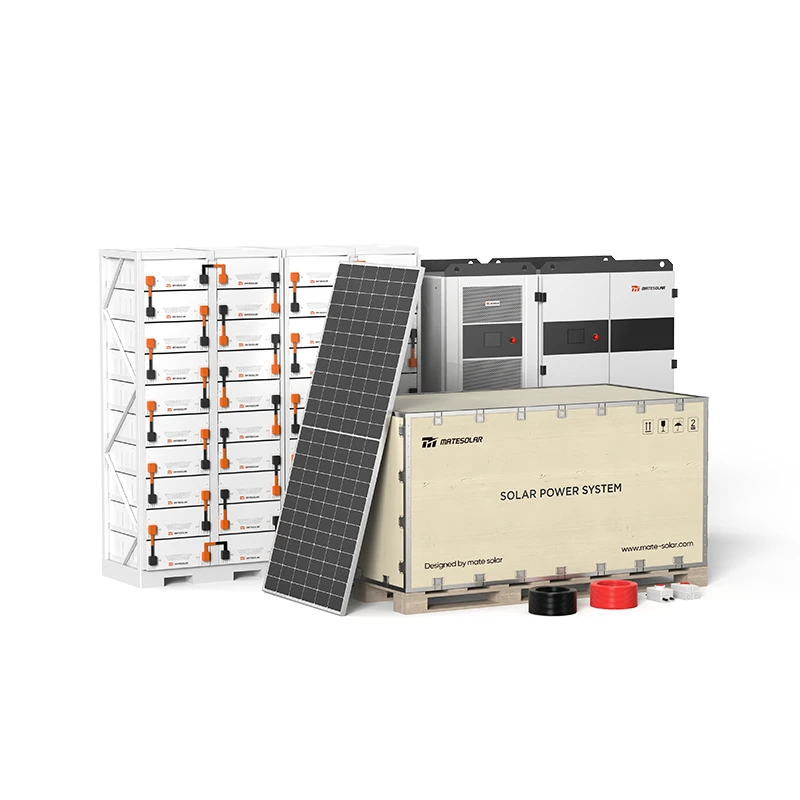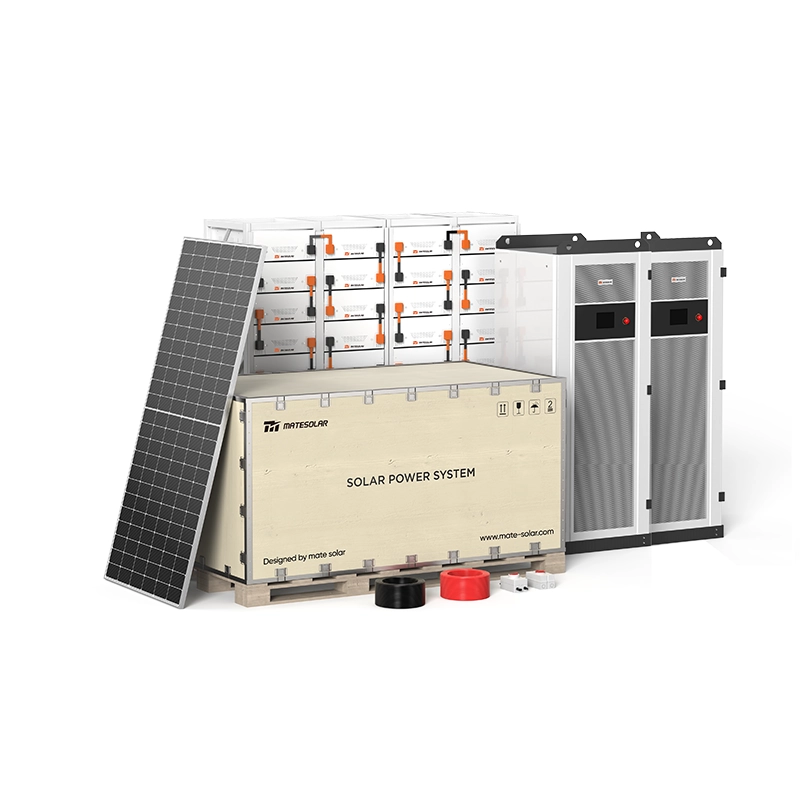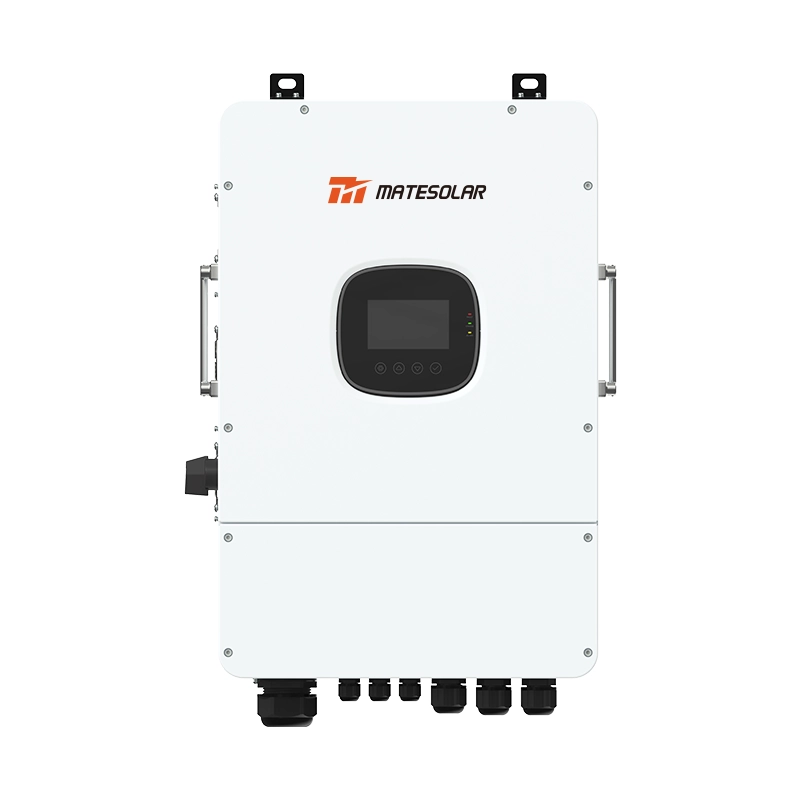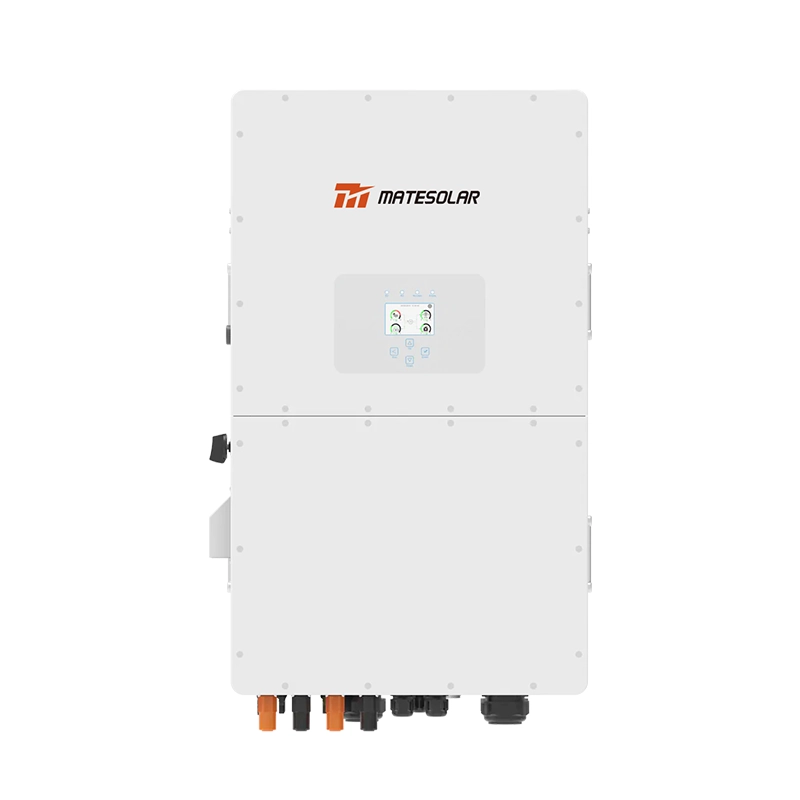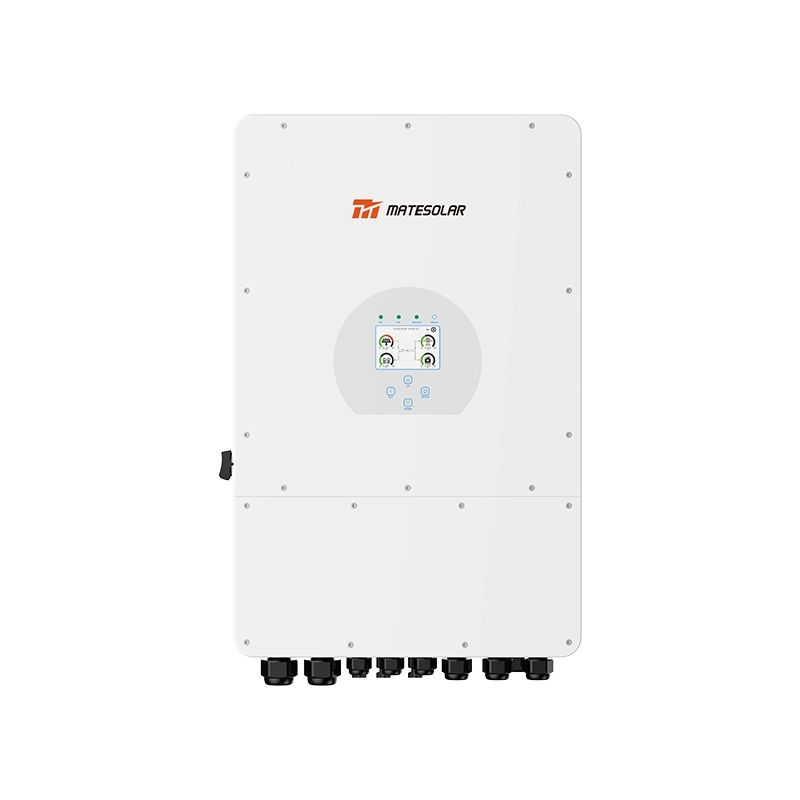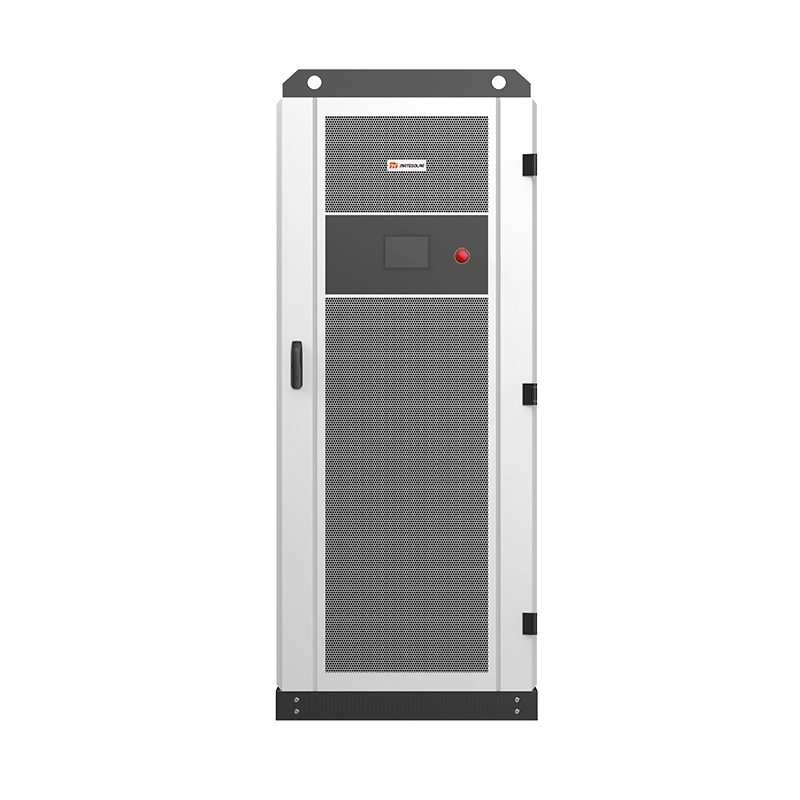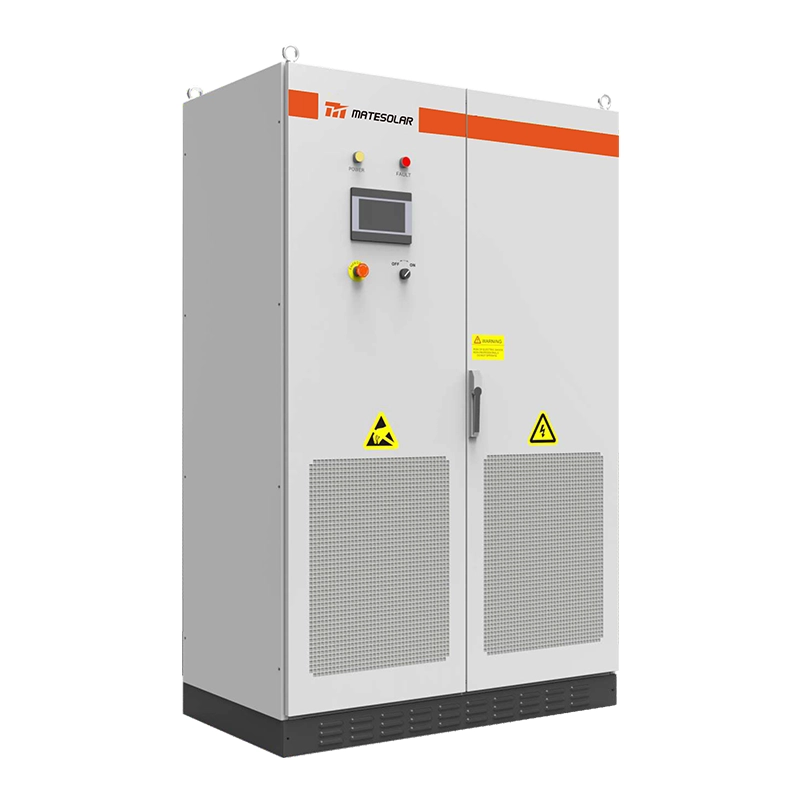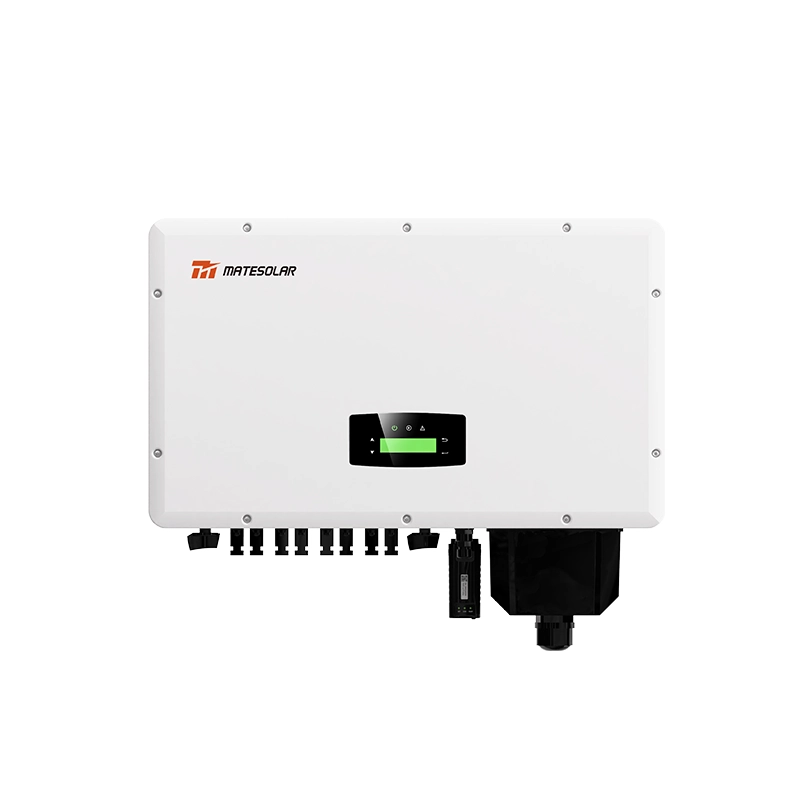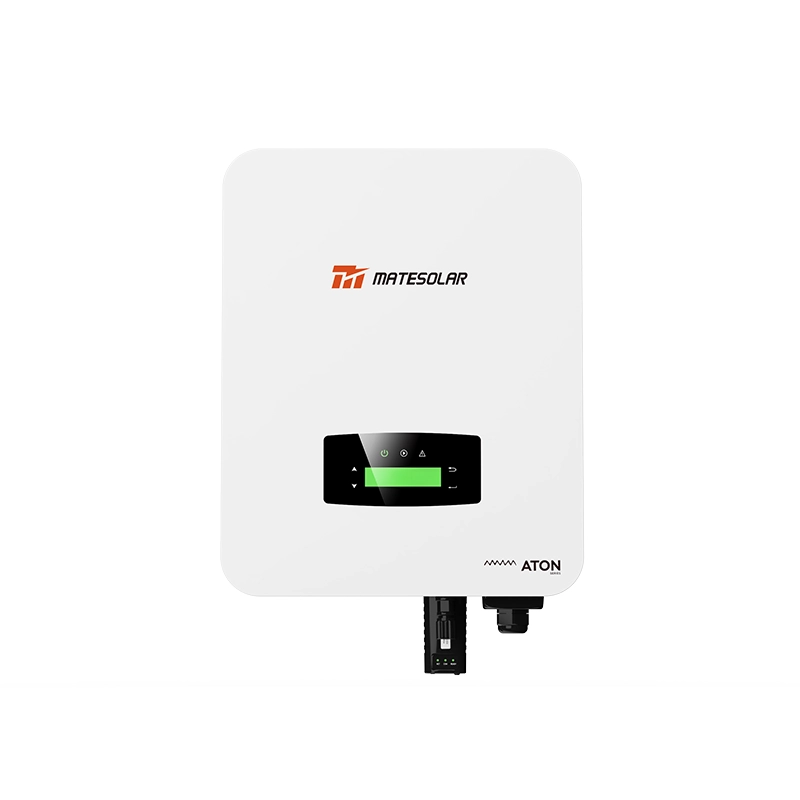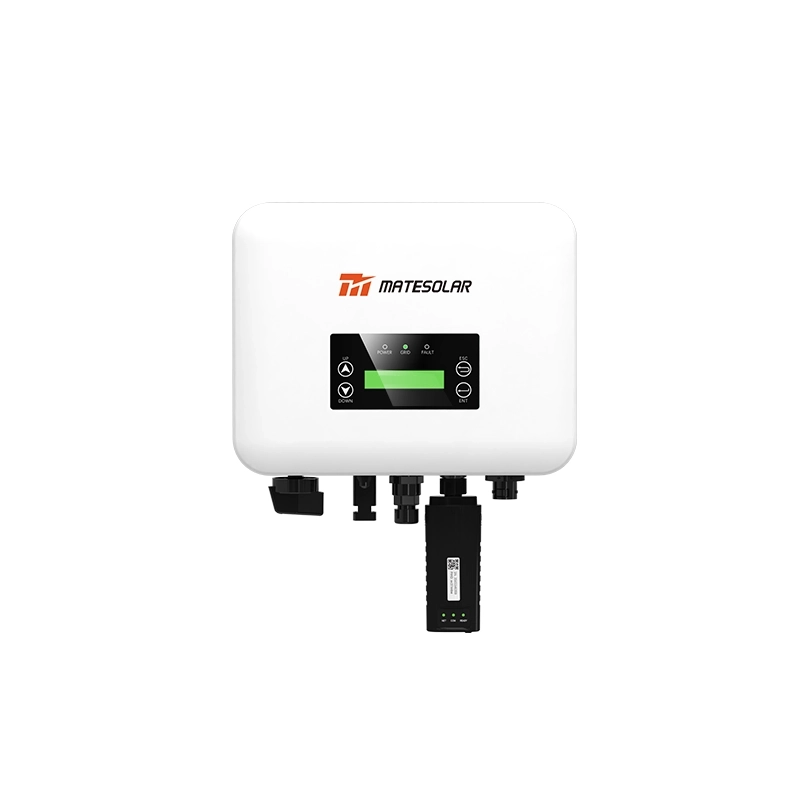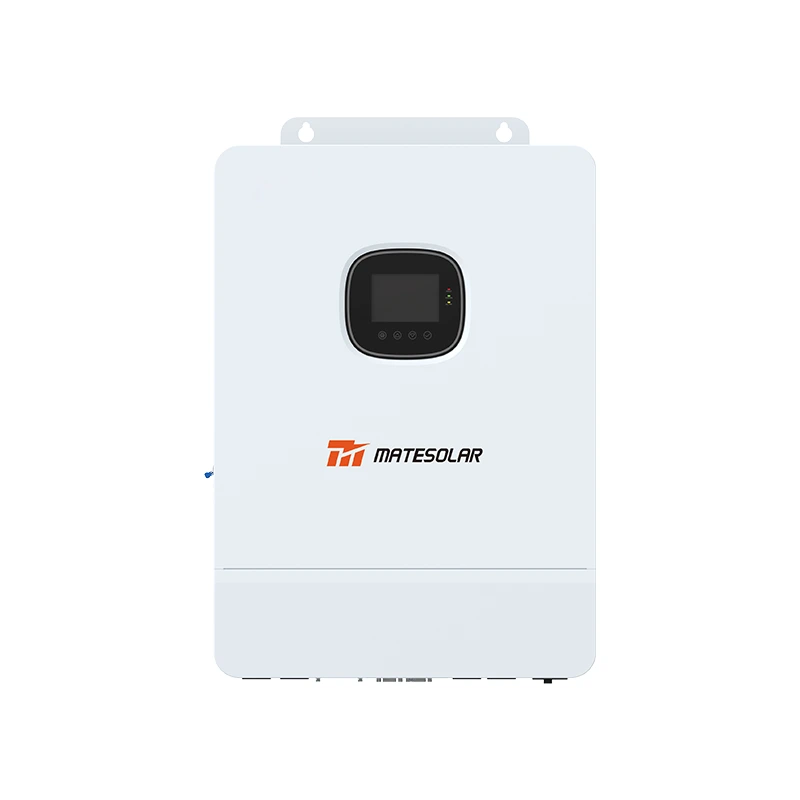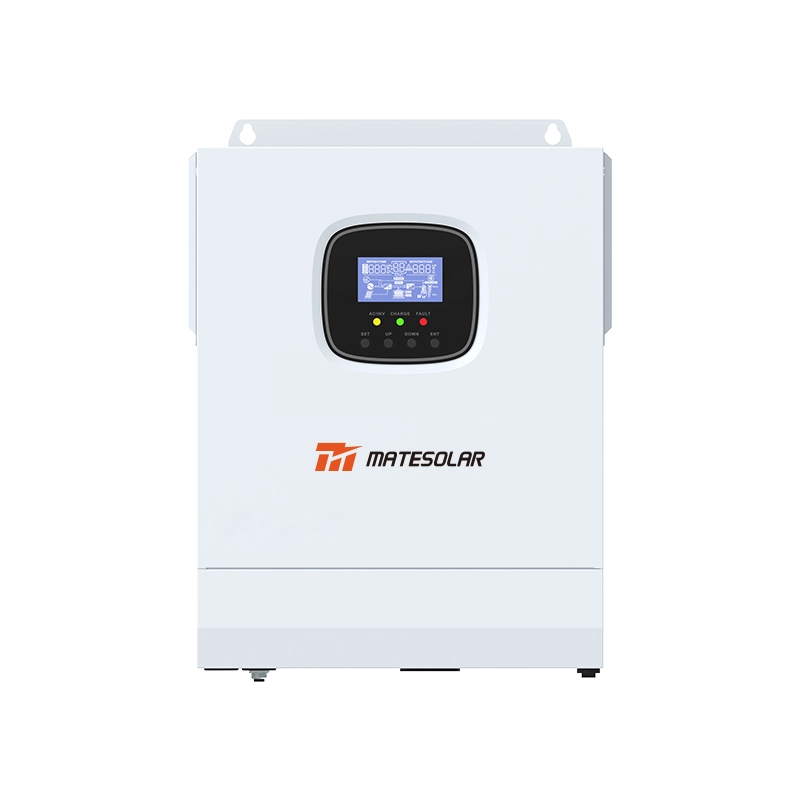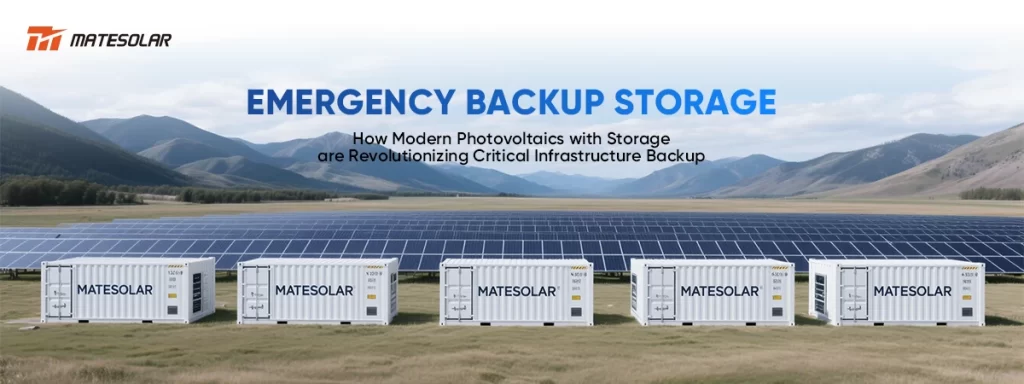
The specter of grid instability haunts every critical infrastructure operator—hospitals straining under surgical lights during blackouts, data centers facing millisecond-level disruptions triggering catastrophic data loss, or water treatment plants paralyzed without power for filtration systems. Traditional diesel generators growl to life as a last resort, spewing emissions while offering finite runtime. But a silent revolution is unfolding where solar panels meet advanced electrochemistry: modern photovoltaic (PV) plus storage systems now deliver emergency backup capabilities that fundamentally outpace legacy solutions. The convergence of grid-forming energy storage, AI-driven energy management, and multi-layer safety architectures is transforming backup power from a stopgap into a resilient, intelligent, and sustainable infrastructure pillar.
Beyond Generators: The Emergence of PV-Storage as Primary Backup
The 400MW solar + 1.3GWh storage microgrid powering Saudi Arabia’s Red Sea Project isn’t merely an engineering marvel—it’s a blueprint for tomorrow’s critical backup. Capable of 100% renewable islanding for an entire city hosting millions of visitors, this system proves that solar-storage hybrids can transcend intermittent generation to become self-sustaining power islands during external grid failures. Unlike passive backup systems awaiting a crisis, these setups continuously participate in grid optimization—absorbing surplus solar by day, dispatching during peaks, and standing ready to seamlessly disconnect via sub-second switching when disasters strike.
The shift is urgent. Post-9/11 U.S. infrastructure policies like HSPD-7 mandated “redundancy” for critical systems—yet until recently, this meant duplicate diesel units or disparate backup batteries. Modern systems integrate redundancy within the architecture itself: modular battery packs with hot-swappable units, multi-port inverters rerouting power flows around failed components, and cybersecurity-hardened communications ensuring command continuity even if primary links fail. Consider Manila’s Meralco Terra Solar project: its 4.5GWh Huawei LUNA2000-based storage doesn’t merely “back up” the 3.5GW solar farm—it enables predictable renewable delivery regardless of weather or grid health, acting as both buffer and fortress.
Core Enabler: Grid-Forming Storage – The Nervous System of Modern Backup
At the heart of this revolution lies Grid-Forming (GFM) technology. Traditional “grid-following” inverters require an external voltage signal to synchronize—a fatal flaw when the grid vanishes. GFM inverters, conversely, create voltage and frequency references, allowing them to start “islanded” microgrids from blackout conditions—a process called black start. Huawei’s FusionSolar 9.0 platform showcases this leap through six core capabilities essential for critical backup scenarios:
1. Minute-Level Black Start: Self-initializing microgrids without grid support—vital when regional grids collapse.
2. Virtual Inertia Injection: Mimics rotating generator mass to stabilize frequency during sudden load/generation shifts.
3. Sub-Cycle Fault Ride-Through: Sustains voltage during nearby faults, preventing unnecessary islanding.
4. Seamless Mode Transition: Shifts between grid-tied and islanded operation in ≤10ms—faster than most relays detect outages.
5. Oscillation Damping: Suppresses harmonics induced by motor starts or capacitor banks in industrial settings.
6. Short-Circuit Current Provision: Ensures protective devices trip correctly during faults, even in island mode.
Table: Critical Backup Performance Metrics - Traditional vs. Advanced PV-Storage Systems
| Metric | Diesel Generators | Basic Battery Backup | GFM-Enabled PV-Storage |
| Response Time | 10-60 seconds | 20-100 ms | ≤10 ms |
| Black Start Capability | Limited | No | Yes (Full microgrid) |
| Runtime at Full Load | Hours (fuel-limited) | Minutes-Hours | Days (solar-replenished) |
| Emissions During Operation | High (CO2, NOx, PM) | Zero | Zero |
| Grid Stability Services | None | Limited (frequency) | Full (voltage, inertia) |
| Lifecycle Cost (20 years) | High (fuel, maintenance) | Medium | Low (no fuel, solar income) |
Fortifying the Foundation: Safety and Endurance Under Duress
Backup systems must remain operational amid chaos—a demand challenging conventional lithium-ion designs. Innovations cascade across every physical layer:
<1> Cell-to-Grid Safety Choreography: Huawei’s “one-cell one-isolation” partitions thermal runaway within individual cells. SRC Energy’s “six-dimensional protection” integrates aerospace-grade fire suppression (aerosol + liquid cooling) and explosion vents positioned 2+ meters high for rapid, safe pressure venting.
<2> Cyclic Endurance & Dynamic Balancing: SRC’s 335Ah automotive-grade prismatic cells endure 6,000 cycles at 90% depth-of-discharge—doubling traditional lifespan. Their DC-coupled architecture with adaptive current control eliminates “bucket effects” when mixing old/new battery packs, ensuring uniform wear.
<3> Environmental Hardening: IP65-rated enclosures operate from -15°C to 50°C—critical for backup systems exposed to floods, blizzards, or heatwaves where critical facilities reside.
System Intelligence: AI as the Orchestrator of Crisis Response
Hardware alone cannot navigate complex crises. AI transforms backup from reactive to predictive:
<1> FusionSolar Agent employs “edge-cloud coordination” to pre-empt failures. Using real-time telemetry + historical fault data, it simulates grid disturbances (e.g., transformer explosions, cyber intrusions) and rehearses responses in digital twins before real-world execution. This slashes recovery design errors by 40% and boosts operational efficiency by 50%.
<2> Predictive Fueling: Unlike diesel relying on uncertain supply chains, AI forecasts solar yield and load demands, rationing stored energy during prolonged outages. At Fraunhofer ICT’s vanadium flow battery site, machine learning aligns charge/discharge cycles with weather and grid stress forecasts—delivering “predictable renewable power regardless of weather”.
<3> Chaos Engineering for Resilience: Borrowing from cloud computing, operators inject simulated disasters—cell failures, communication jamming—into backup systems to probe weaknesses. This exposes hidden dependencies (e.g., cooling systems relying on grid-powered pumps) before actual emergencies
Integration Imperatives: Multi-Physics Design for Maximum Survivability
The strongest backup systems embrace diversity:
<1> Hybrid Chemistries: While lithium dominates for density, flow batteries (like Fraunhofer’s vanadium redox) offer unlimited cycle life for frequent grid fluctuations. Coupling them creates a “tiered-defense”: lithium handles sub-second outages; flow batteries sustain multiday blackouts.
<2> Geographic & Network Redundancy: Following U.S. NIPP guidelines after 9/11, core infrastructure uses distributed storage nodes. If one site floods or is damaged, others autonomously pick up loads via meshed microgrids—as demonstrated in New York’s subway and Los Angeles’ water networks.
<3> Regulatory Hardening: Modern codes now mandate black start for hospitals/data centers. Huawei’s GFM systems meet FERC 2222 and EU Grid Code requirements, turning compliance into resilience.
Q&A: Decoding the Next Generation of Backup Infrastructure
Q1: Why is “grid-forming” (GFM) considered revolutionary for emergency backup?
A: GFM inverters autonomously establish voltage/frequency in a blackout—acting as a “grid seed.” Traditional systems go dark without external grid signals. GFM enables immediate islanding with stable power quality for sensitive loads (e.g., MRI machines, server clusters)
Q2: How do modern systems achieve “minutes not hours” for black start?
A: Through pre-armed power electronics and AI-optimized sequencing. Batteries remain charged; inverters pre-synchronize before disconnection. Upon grid failure, they instantaneously reconfigure into a microgrid without interrupting downstream loads
Q3: Can PV-storage truly replace diesel for week-long outages?
A: Absolutely—with solar replenishment. A well-sized system (e.g., 24hr storage + PV) will recharge daily if weather permits. Diesel requires risky refueling; solar is autonomous. Fraunhofer’s flow battery tests validate multi-day weather-agnostic reliability
Toward Unbreakable Infrastructure
The era of fume-belching generators as the apex of backup is ending. Today’s PV-storage systems merge ultra-rapid response, self-sustaining operation, and multi-hazard resilience into a unified defensive front. From Saudi Arabia’s solar-powered cities to Germany’s flow-battery buffered grids, critical facilities now wield backup that doesn’t wait—it anticipates, adapts, and autonomously endures. As climate volatility and cyber-physical threats escalate, this triad—intelligence, electrochemistry, and power electronics—will define survivability.
MateSolar integrates these frontiers into solutions. Combining grid-forming inverters, AI-driven microgrid controllers, and tiered storage (lithium + flow options), we deliver infrastructure-grade resilience—where every watt is clean, and every critical load remains powered through the storm. Because when disaster strikes, light must prevail.





